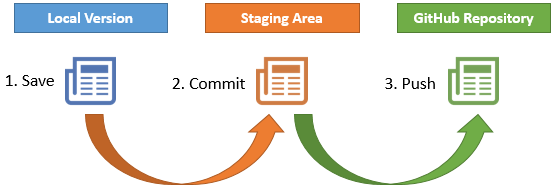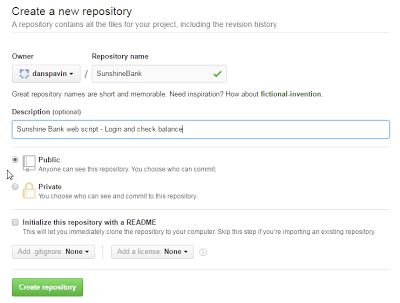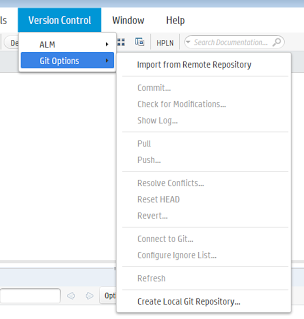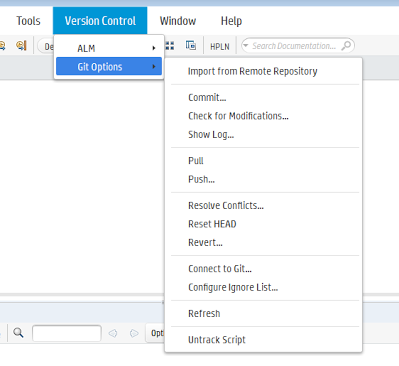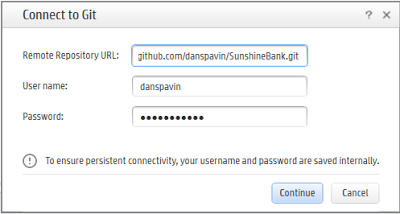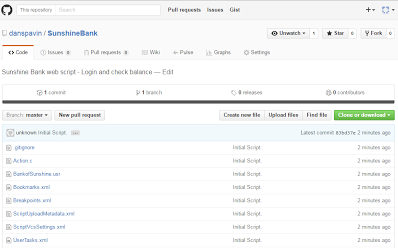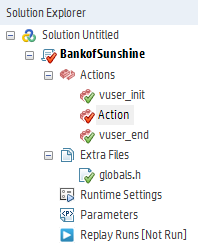Why one second faster?
Improving your website performance will increase your business. But don’t take our word for it—there is plenty of evidence.
According to Kissmetrics:
- 25% of consumers will abandon a website that takes more than four seconds to load
- 47% of consumers expect a webpage to load in two seconds or less
- 79% of shoppers who are dissatisfied with website performance are less likely to buy from the same site again
- A one-second delay in page response can result in a 7% reduction in conversions
- A one-second delay (or three seconds of waiting) decreases customer satisfaction by about 16%
So, what would performing one second faster mean for your web application or website? JDS is now offering a limited time promotion that will allow you to realise the maximum performance of your website or application. Over the course of five days, our experts will work with your team to analyse your web application and accelerate its performance for your customers.
What’s included?
- Your own dedicated performance expert for five days (either on-site or off-site)
- A technical deep dive of your web application, turning over every rock to understand how it can work faster and harder for your business
- Best practice tips and techniques straight from the guys in the know
- Experts fluent in everything from Java and .NET through to SAP and Oracle
- A presentation and roadmap of the findings and recommendations found
Why JDS?
We are Australia’s leading performance test consultancy with 15 years of experience partnering with organisations of every size, from startups to large enterprises and governments. We have a reputation for being a key player in making Australian web applications exceptional. Want to get started? Reach out to a JDS team member, send an email to [email protected], or call 1300 780 432 to confidentially discuss your web application and how we can help.
